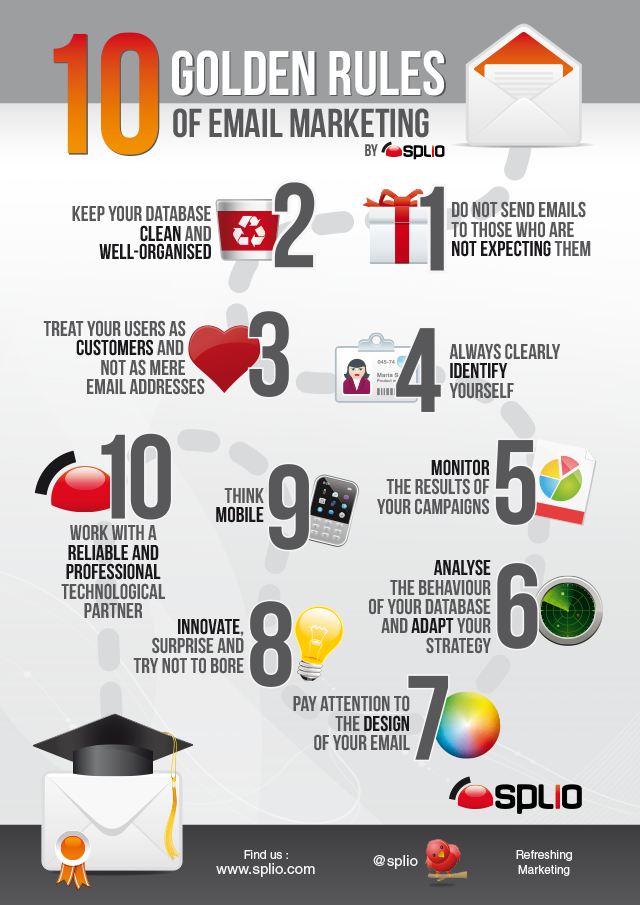- 10 golden rules of email etiquette
- The rules of etiquette in internet communications and postings are called
10 rules of golf etiquette
Capitalization, when used judiciously, can emphasize a point or convey excitement. However, an overuse of capital letters can be interpreted as shouting and may rub others the wrong way where is the lake district national park located. Netiquette guidelines caution against excessive capitalization, and we’ll explore instances where it might be misconstrued, ensuring your online presence is polished and respectful.
The golden rule of netiquette boils down to one basic guideline: Do not do or say online what you would not do or say offline. Before posting a comment, status update, or image, ask yourself if you would feel comfortable sharing the same thing face-to-face. If not, don’t post it.
The same guideline applies when having phone conversations in public places. Any time you are talking out loud, others can overhear you. This provides them access to your private information, so don’t overshare.

10 golden rules of email etiquette
Email is how many businesses communicate. It’s fast, easy, and accessible. Plus, email is permanent. If you forgot what you were asked, simply find the last email thread for the answer. Email is also effective at disseminating information among team members. However, there is no way to unsend an email.
Just as jokes get lost in translation, tone is easy to misconstrue without the context you’d get from vocal cues and facial expressions. Watch your tone and adopt a matter-of-fact approach and avoid sarcasm. To avoid misunderstandings, read your message out loud before hitting send. If it sounds harsh to you, it will sound harsh to the reader. For best results, avoid using unequivocally negative words (“failure,” “wrong,” or “neglected”), and always say “please” and “thank you.”
You have shared a very important topic and this is very important to leave a very good impression when we are sending emails for the first time to anyone. The points which you have mentioned is very helpful, especially for the beginner.

Email is how many businesses communicate. It’s fast, easy, and accessible. Plus, email is permanent. If you forgot what you were asked, simply find the last email thread for the answer. Email is also effective at disseminating information among team members. However, there is no way to unsend an email.
Just as jokes get lost in translation, tone is easy to misconstrue without the context you’d get from vocal cues and facial expressions. Watch your tone and adopt a matter-of-fact approach and avoid sarcasm. To avoid misunderstandings, read your message out loud before hitting send. If it sounds harsh to you, it will sound harsh to the reader. For best results, avoid using unequivocally negative words (“failure,” “wrong,” or “neglected”), and always say “please” and “thank you.”
The rules of etiquette in internet communications and postings are called
Most schools in the United States, Europe and Canada have prohibited mobile phones in the classroom, citing class disruptions and the potential for cheating via text messaging. In the UK, possession of a mobile phone in an examination can result in immediate disqualification from that subject or from all that student’s subjects. This still applies even if the mobile phone was not turned on at the time. In New York City, students were banned from taking cell phones to school until 2015. This has been a debate for several years, but finally passed legislature in 2008.
Cumbersome language and repetitions only clog up chats and forums; in addition, spelling mistakes can make it more difficult to read and understand what is being said. Forwarding chain letters also has no place in respectful online communication.
One of the biggest obstacles to communication in online settings is the lack of emotional cues. Facial cues dictate the mood and corresponding diction of people in conversations. During phone conversations, tone of voice communicates the emotions of the speakers removed on opposite sides of phone lines. Conversely, in chat rooms, instant messaging apps, texting, and other text-based communication, signals that would indicate a person’s emotional state are absent. Because of this, accommodations have been developed, notably the use of emoticons and abbreviations. Emoticons use punctuation marks and symbols to graphically represent facial expressions. For example, a colon and parenthesis can be used to represent a smiling face, indicating happiness or satisfaction. To symbolize laughter, the abbreviation “LOL” (standing for “laughing out loud”) developed. Other commonly used abbreviations are “BRB” (“be right back”) and “TTYL” (“talk to you later”).